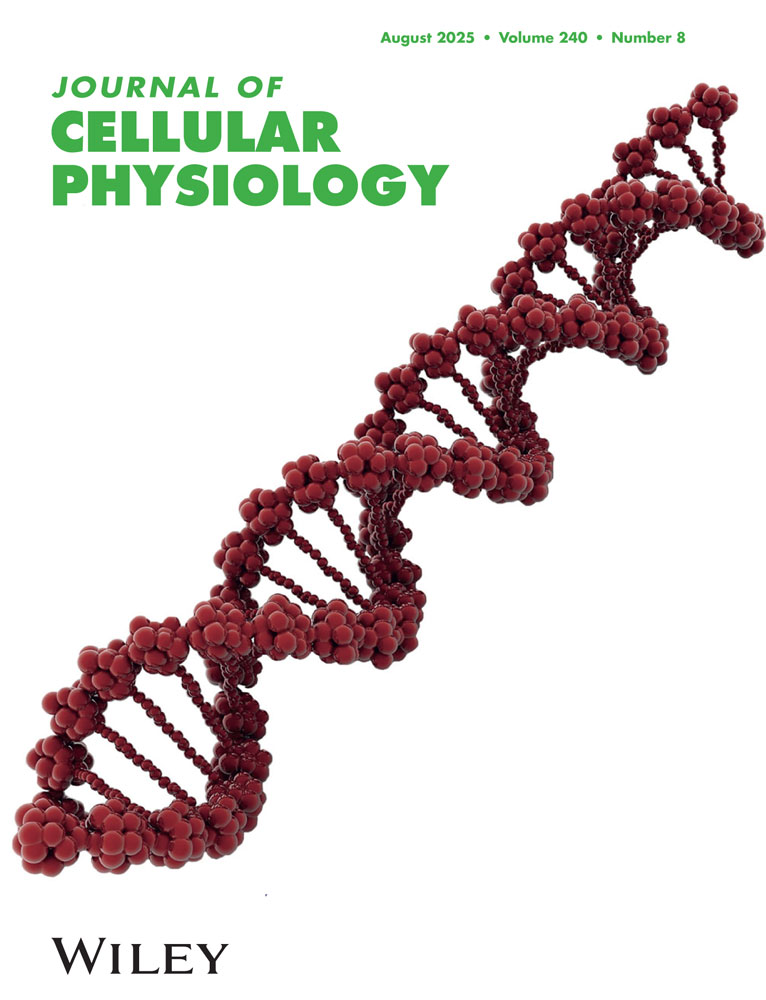Bacterial lipopolysaccharide induces actin reorganization, intercellular gap formation, and endothelial barrier dysfunction in pulmonary vascular endothelial cells: Concurrent F-actin depolymerization and new actin synthesis
Abstract
Bacterial lipopolysaccharide (LPS) influences pulmonary vascular endothelial barrier function in vitro. We studied whether LPS regulates endothelial barrier function through actin reorganization. Postconfluent bovine pulmonary artery endothelial cell monolayers were exposed to Escherichia coli 0111:B4 LPS 10 ng/ml or media for up to 6 h and evaluated for: (1) transendothelial 14C-albumin flux, (2) F-actin organization with fluorescence microscopy, (3) F-actin quantitation by spectrofluorometry, and (4) monomeric G-actin levels by the DNAse 1 inhibition assay. LPS induced increments in 14C-albumin flux (P < 0.001) and intercellular gap formation at ≥ 2–6 h. During this same time period the endothelial F-actin pool was not significantly changed compared to simultaneous media controls. Mean (±SE) G-actin (μg/mg total protein) was significantly (P < 0.002) increased compared to simultaneous media controls at 2, 4, and 6 h but not at 0.5 or 1 h. Prior F-actin stabilization with phallicidin protected against the LPS-induced increments in G-actin (P = 0.040) as well as changes in barrier function (P < 0.0001). Prior protein synthesis inhibition unmasked an LPS-induced decrement in F-actin (P = 0.0044), blunted the G-actin increment (P = 0.010), and increased LPS-induced changes in endothelial barrier function (P < 0.0001). Therefore, LPS induces pulmonary vascular endothelial F-actin depolymerization, intercellular gap formation, and barrier dysfunction. Over the same time period, LPS increased total actin (P < 0.0001) and new actin synthesis (P = 0.0063) which may be a compensatory endothelial cell response to LPS-induced F-actin depolymerization. © 1993 Wiley-Liss, Inc.




